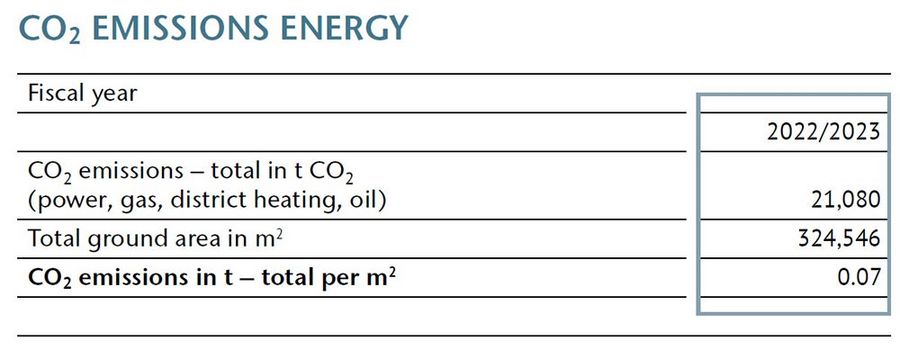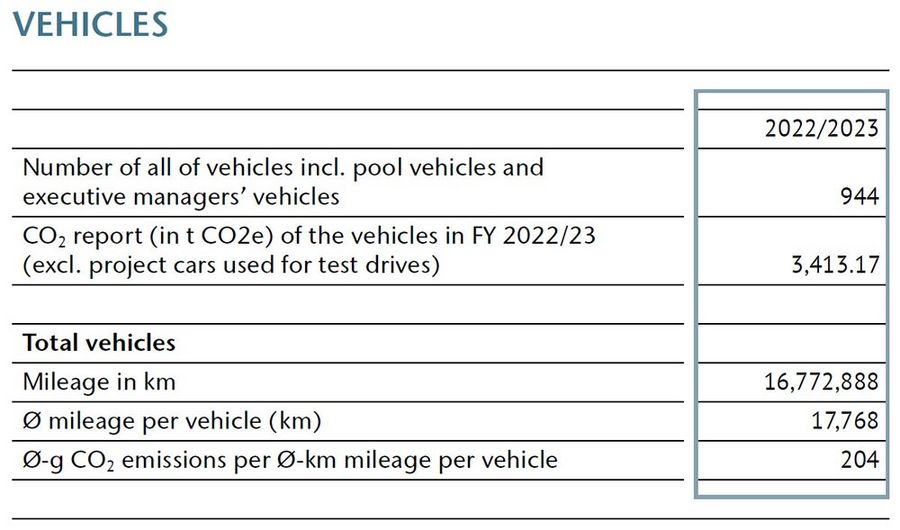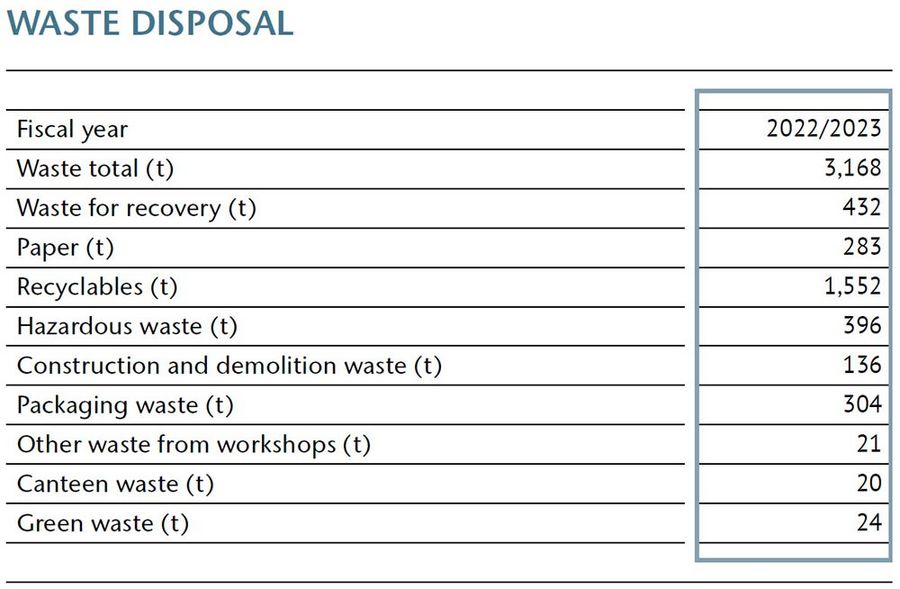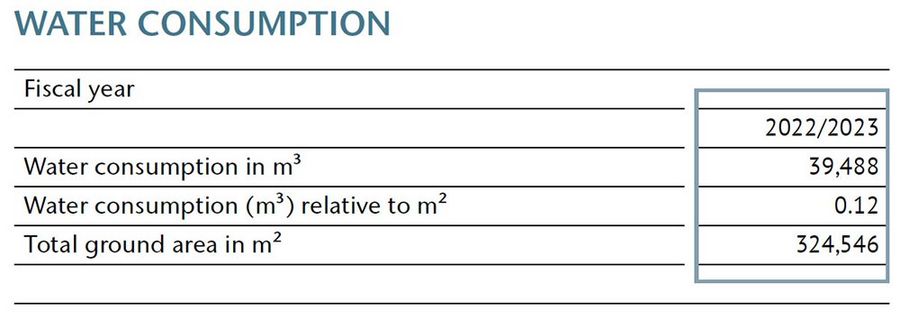A large proportion of our emissions are attributable to procured and externally purchased energy such as gas, electricity, heating oil and district heating. Our energy requirements, the purchase of goods and services, employee commuting and the use of our vehicle fleet have the greatest direct impact on our greenhouse gas emissions.

As a technology developer with a focus on the automotive sector, we are constantly working on processes to further reduce energy consumption and CO2 emissions, particularly in vehicles. In the reporting year, the main focus in the divisions was on increasing efficiency, saving energy and thus reducing CO2 emissions. Within the company, we set a good example by using consumption-optimized company vehicles and replacing our vehicle fleet every three years.











